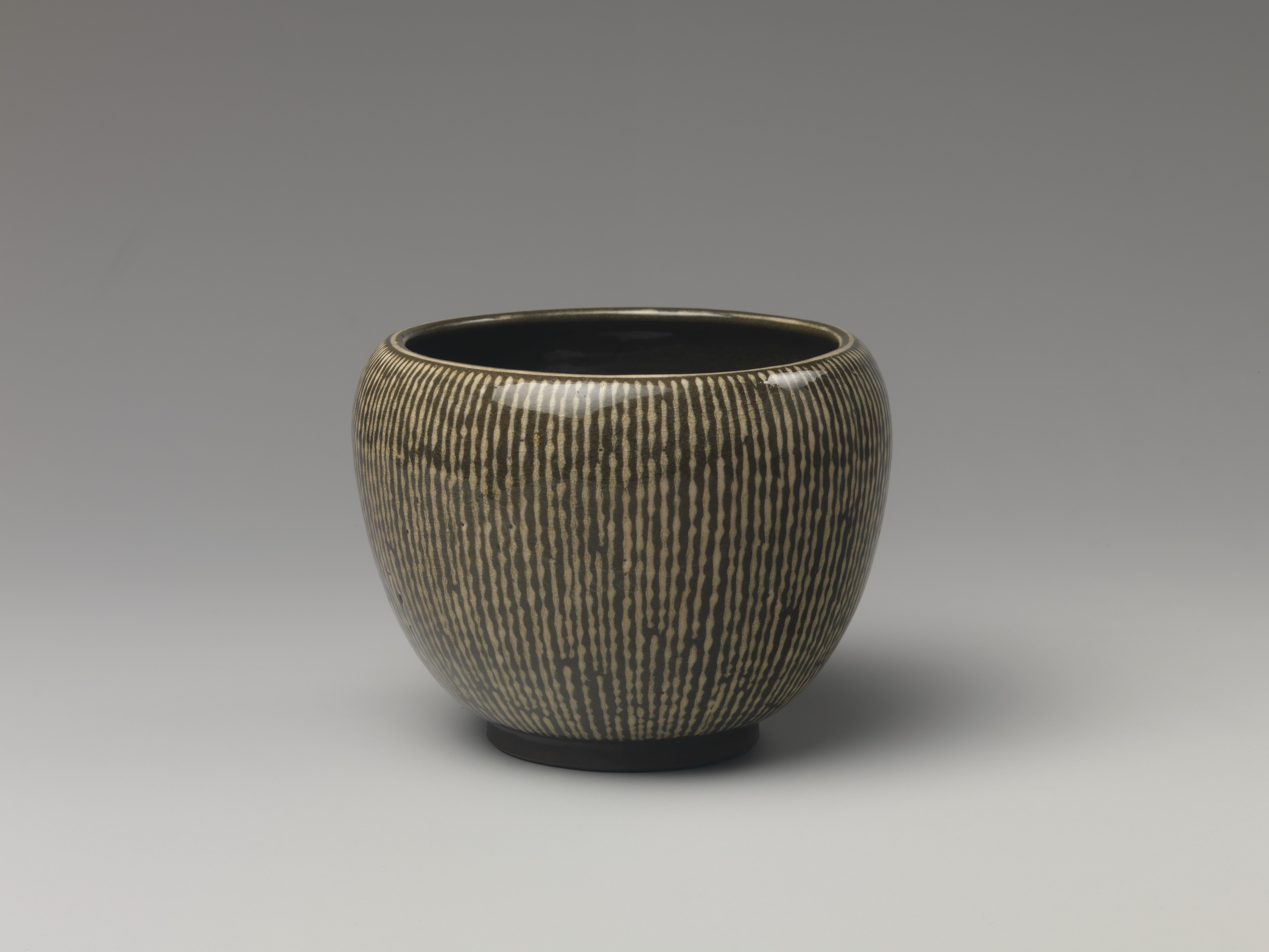Q. More and more journals publish articles first online before the print edition. In some cases, the online version is published one or more years before the print version. For author-date, do we include both dates (i.e., [2020] 2021), or do we ignore the year of the online version?
Q. When using a picture of an item in a museum’s collection, how would one appropriately give credit and cite the work? For instance, a Japanese censer with no known sculptor or year of creation.
Q. How would I cite a CV located on a university website professor bio page?
Q. As a copyeditor, I’m starting to see papers where the authors cite presentations from virtual conferences and meetings. According to CMOS 14.217, the location of the meeting is to be included in the citation. What would you suggest as far as wording and style? (I was thinking maybe “[Virtual]” would work in place of the location.) Thank you in advance!
Q. When citing an essay that predates the anthology book in which it is featured, is the original year of the essay included in the citation in addition to the anthology publication year?
Q. When citing a lengthy web page without page numbers in a footnote, other than listing the paragraph number or a section title, is there another way to indicate where on the page a quote is being used?
Q. If I have used a machine translator (e.g., DeepL) in a paper, must I give credit to the machine translator? What if the translation needs to be edited?
Q. When listing “several citations in a single note,” the example given in CMOS 14.57 shows an “and” before the last citation. However, in a CMOS Shop Talk post with an example of two citations in one note, there is no “and” after the semicolon. Please clarify if Chicago style is to use “and” before the last citation (1) when there are two citations and (2) when there are several citations.
Q. In a footnote that starts with a superscript note number, is there a space between the number and the text of the note? Thanks!
Q. How does one cite a book with a bilingual title—e.g., a book where the full title is presented in both German and English? Thank you very much.
